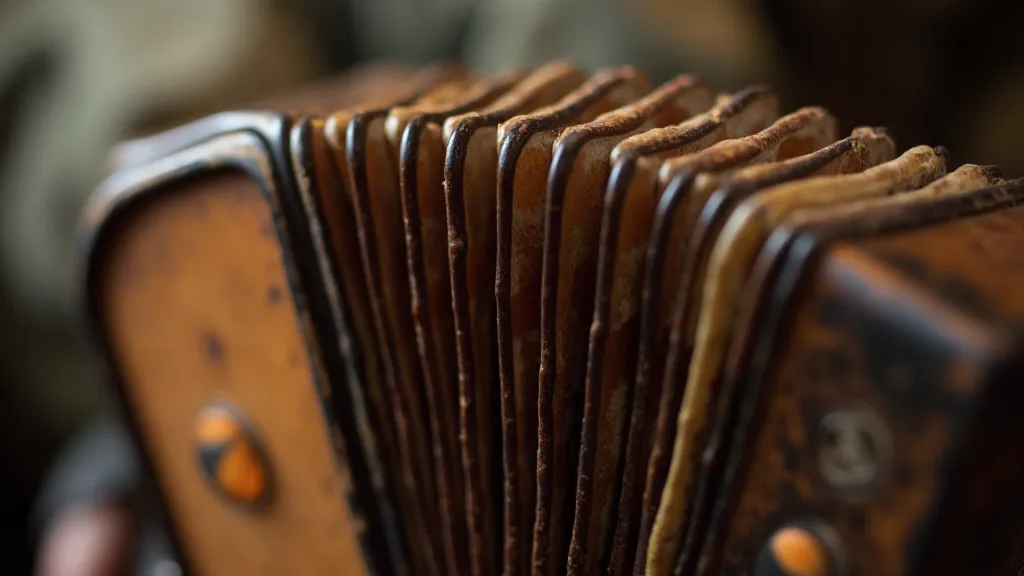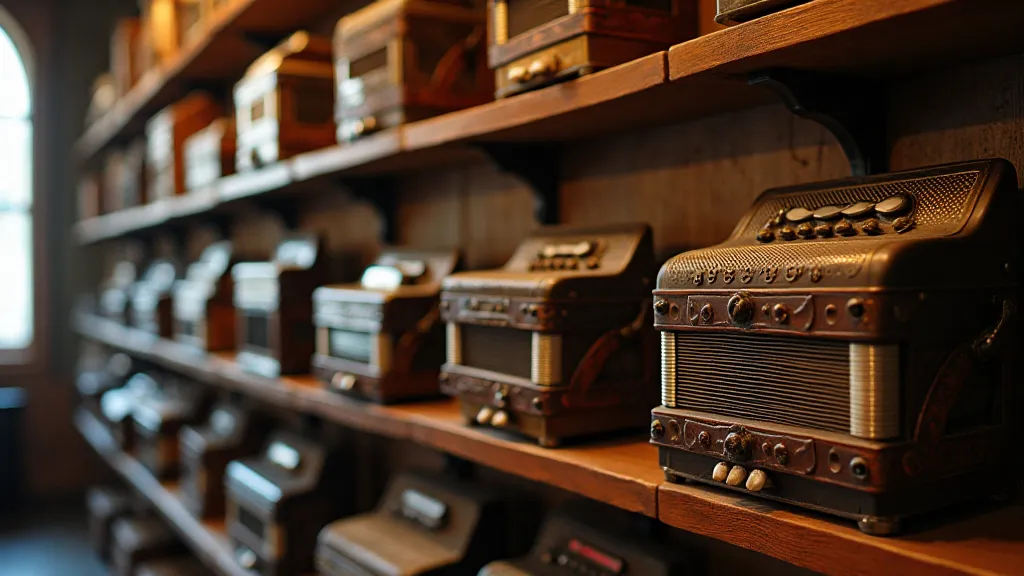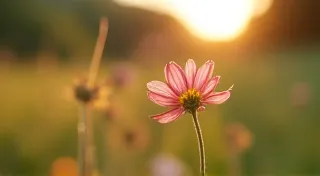Chromatic Alchemy: Transmuting the Mundane into Memoir Through Color Grading
Photography, at its core, isn’t merely about capturing a scene. It's about distilling a moment, an emotion, an atmosphere, and imbuing it with meaning. While mastering camera settings and composition are crucial steps, the true power to sculpt a photograph’s narrative often lies in the subtle art of color grading. It’s a process of chromatic alchemy – transforming everyday moments into evocative memories. This isn’t just about adjusting exposure; it’s about consciously manipulating color to elicit specific feelings and build a visual signature. We’ll venture beyond the simplistic ‘warm’ and ‘cool’ palettes to uncover the nuanced language of color and explore how it can transform your images from documentation to deliberate artistic expression.

The History of Color and Memory
Consider the history of color photography itself. Early color processes, like Autochrome, rendered the world with a dreamlike, almost ethereal quality. They weren't chasing realism; they were capturing a feeling. Those aged, slightly faded hues carry a weight of history – they whisper of a bygone era. This isn't accidental. Our brains associate color with memory. A certain shade of blue might trigger a memory of a childhood vacation, the golden hue of a sunset might evoke feelings of serenity, and the deep crimson of autumn leaves might conjure a sense of melancholy. Understanding this fundamental connection is the first step in harnessing the power of color grading. This process often involves careful adjustments, and for those newer to photo editing, familiarizing yourself with the basics of a workflow can be beneficial – consider an Introduction to Photo Editing: A Beginner's Workflow to get started.
My own fascination with color stems, in part, from an unexpected source: antique accordions. My grandfather collected them, a hobby born from his own musical aspirations. He wasn't a concert pianist, but he loved the romance of the instrument – the intricate mechanics, the resonant tones, the history embedded within each key. He’s gone now, but I remember sitting at his feet, mesmerized by the way the light caught the varnished wood and the worn leather of the bellows. Those accordions, often muted and aged, weren’t simply instruments; they were vessels of stories, each key a silent echo of melodies past. I began to see a parallel in photography – the potential to imbue images with that same sense of history and emotional depth.
Beyond 'Warm' and 'Cool': A Palette of Feeling
Most beginner photography tutorials will focus on ‘warming’ or ‘cooling’ an image—adjusting the temperature slider. While these adjustments have their place, they represent just the tip of the iceberg. True chromatic alchemy lies in understanding the psychology of individual colors and how they interact. For example, a deep, saturated teal can evoke a sense of tranquility and sophistication, while a desaturated yellow can communicate a feeling of faded grandeur or abandonment. Combining these colors thoughtfully creates an atmosphere—an emotional landscape—within your photograph. The interplay of light and shadow, too, is paramount in shaping the final mood, often as impactful as the color palette itself. You might find exploring The Unseen Grammar of Light: How Shadows Shape Photographic Narrative insightful in understanding this dynamic.
Think about the difference between a photograph taken on a bright, sunny day and one taken on a stormy evening. The natural lighting dictates the prevailing color palette. But what if you could *choose* that palette? What if you could take a photograph of a sunny day and imbue it with a feeling of quiet sadness, or take a photograph of a stormy evening and inject it with a sense of hope?
Practical Techniques: Selective Color Adjustments
Modern photo editing software provides a plethora of tools for color grading. While there's no one-size-fits-all approach, here are a few techniques to get you started:
- Hue/Saturation/Luminance (HSL): This is your bread and butter. The HSL panel allows you to selectively adjust the hue, saturation, and luminance of specific color ranges. For instance, if you want to subtly desaturate the greens in a landscape photograph to create a more muted and nostalgic feel, the HSL panel is your best friend.
- Color Grading Tools (Split Toning): These tools allow you to add different colors to the highlights and shadows of your image. This can be incredibly effective for creating stylized looks and emphasizing certain moods. Think of the classic film noir look, with deep shadows tinged with blue.
- Curves Adjustment Layers: While often used for adjusting contrast, curves can also be used to subtly manipulate color. By selectively adjusting the red, green, and blue channels, you can create subtle shifts in color balance.
- Graded Filters: These can mimic the effects of light diffusion, which can change perceived colors.

Restoration and Collecting: The Colors of Time
There’s a fascinating connection between color grading and the restoration of vintage objects, like my grandfather's accordions. When restoring an antique, the goal isn’t necessarily to return it to a brand-new condition. Often, the imperfections—the scratches, the faded varnish, the worn leather—are what tell the story. Similarly, in color grading, embracing imperfections – subtle color casts, slight desaturation – can add authenticity and character to your photographs. It’s about capturing the essence of age, the stories etched into the surface.
The subtle changes in color over time - the fading of dyes in textiles, the oxidation of metals – all contribute to the patina of age. Understanding these processes can inform your color grading choices. Sometimes, mimicking the look of an aged photograph can be surprisingly effective in creating a sense of nostalgia or timelessness. Imagine grading a portrait to resemble an antique tintype – the limited color palette and subtle grain instantly transport the viewer to another era. Capturing a photograph of the night sky can also reveal similar patterns of time and change - exploring the techniques for Photographing the Night Sky: A Beginner's Guide to Astrophotography might provide further insight.
Collecting accordions, like collecting photographs, isn’t just about acquiring objects; it’s about preserving stories. Each instrument represents a moment in time, a connection to a specific era. My grandfather often spoke of the importance of understanding the provenance of his accordions—knowing where they came from, who played them, and the melodies they produced. Similarly, in photography, understanding the context of your images—the emotions you felt, the story you’re trying to tell—will inform your color grading choices and elevate your work beyond mere documentation.
Finding Your Signature
The beauty of chromatic alchemy lies in its subjectivity. There are no hard and fast rules. Experiment. Play with different color combinations. Observe how different colors affect your emotional response. Don’t be afraid to break the “rules.” The goal is to find a color palette that reflects your unique vision and creates a visual signature that is distinctly yours. Just as each accordion possesses a unique voice, so too should your photographs. The journey of photographic mastery involves continuous learning and refinement, much like the meticulous care taken in preserving a vintage instrument.

Ultimately, mastering color grading, like any form of artistic expression, is a deeply personal journey, demanding patience, observation, and a willingness to embrace experimentation. By understanding the historical context, the psychological impact, and the technical possibilities, you can transform ordinary images into evocative memoirs, each imbued with a unique and compelling voice.





